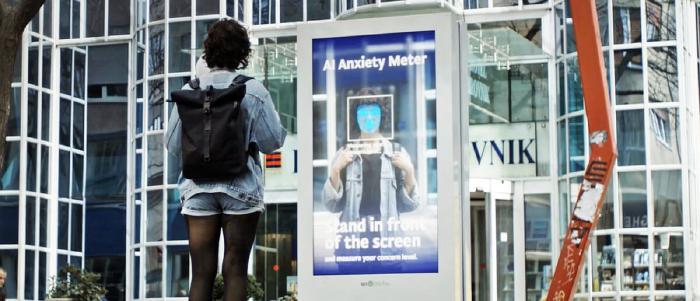
Dec 21 2023
8 min read

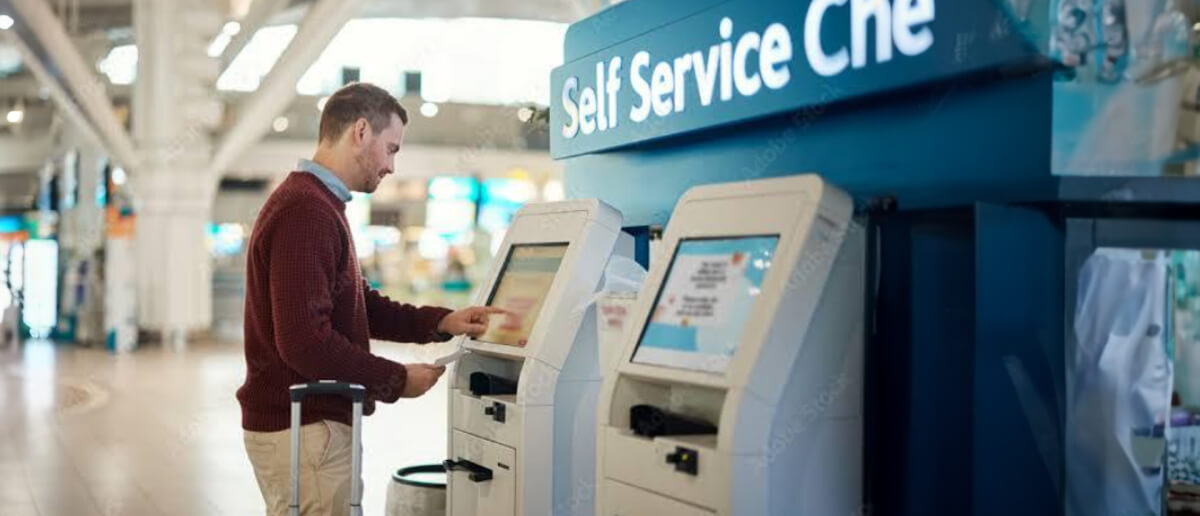
Aug
Indoor wayfinding and navigation are “finding their way” into diverse verticals. It is helping your customers find their ways too. In the modern digital era, indoor way-finders have rapidly evolved from static maps to interactive digital touchpoints.
The end goal is one, offering the best customer experience.
Combined with new-age location intelligence, and indoor navigation wayfinding offers customers a more efficient and intuitive experience.
In this blog post, we shall uncover how businesses can glean the best insights from digital way-finders and offer an effective navigation system to help customers find products of their choice.
Business ecosystems are changing fast and static indoor maps are no longer enough. You can well imagine the frustration and uncertainty of entering an enormous, complex space, not knowing where to go next.
Without cutting-edge indoor wayfinding technology, your users face the following challenges:
Multi-storeyed buildings mostly have elevators, escalators, moving walkways, and stairs. First-time visitors often get confused about the mode of commute between floors and need user-friendly indoor navigators.
Certain indoor units in shopping malls, airports, hospitals and others have restricted access and opening/closing times which require modern indoor way-finders.
Static, vector-based maps often fail to capture spatial data in more complex environments and provide poor user experience.
Third-party indoor maps often fail to provide clarity at different zoom levels and need advanced technology.
Indoor wayfinding signage helps users familiarize themselves with a new facility and plan optimized routes with ease.
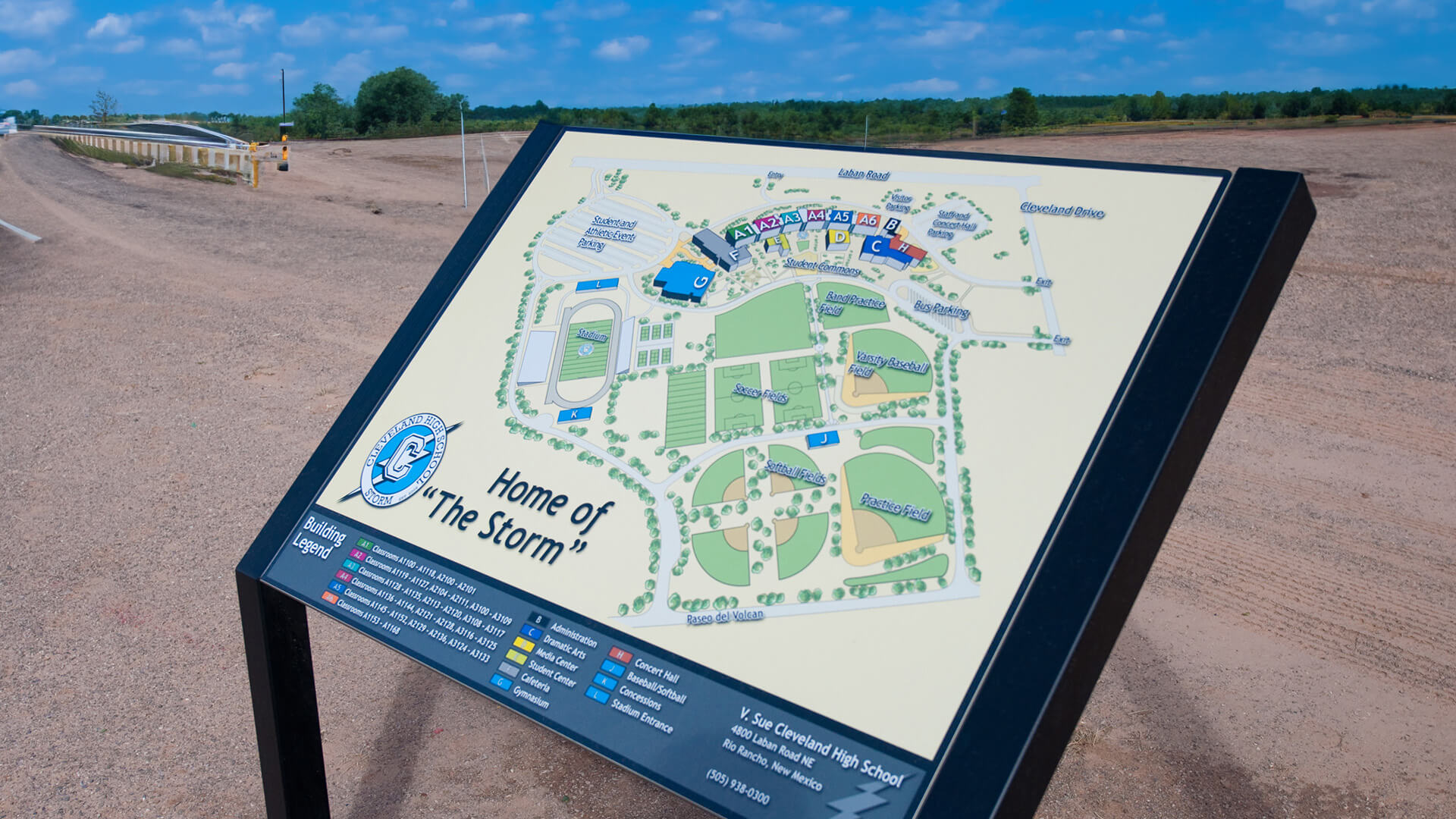
From retail to real estate, a number of industries are leveraging digital way-finders to help visitors navigate their properties. Here’s how:
1. Improved mobility: Indoor digital way-finders can easily guide your customers to their areas of interest and allow them the mobility to interact with the necessary digital touchpoints. If your way-finder app is already on their mobiles, indoor navigation becomes a lot easier. Imagine the convenience when your visitors can locate products and services with the click of a button.
Interactive mapping and navigation help shoppers take the shortest routes when they are in larger spaces such as airports and shopping malls. Inclusive brands often integrate interactive maps into their wayfinding signage designs to help differently-abled people navigate with comfort.
2. Operational efficiency: Indoor digital way-finders work both ways: for business owners and customers alike. While visitors can locate a particular point in real estate, business owners can also leverage way-finders integrated with data analytics to determine user locations in real time.
Besides guiding users with indoor navigation signage, way-finder technologies also help collect detailed customer insights and analytics to optimize business operations. This includes but is not limited to generating customer flow maps, heat maps of buildings, and customer behavior analysis to make informed decisions and strategize for a better consumer experience.
3. Improved personalization: Successful brands go above and beyond to offer personalized experiences to customers accessing indoor wayfinding and navigation.
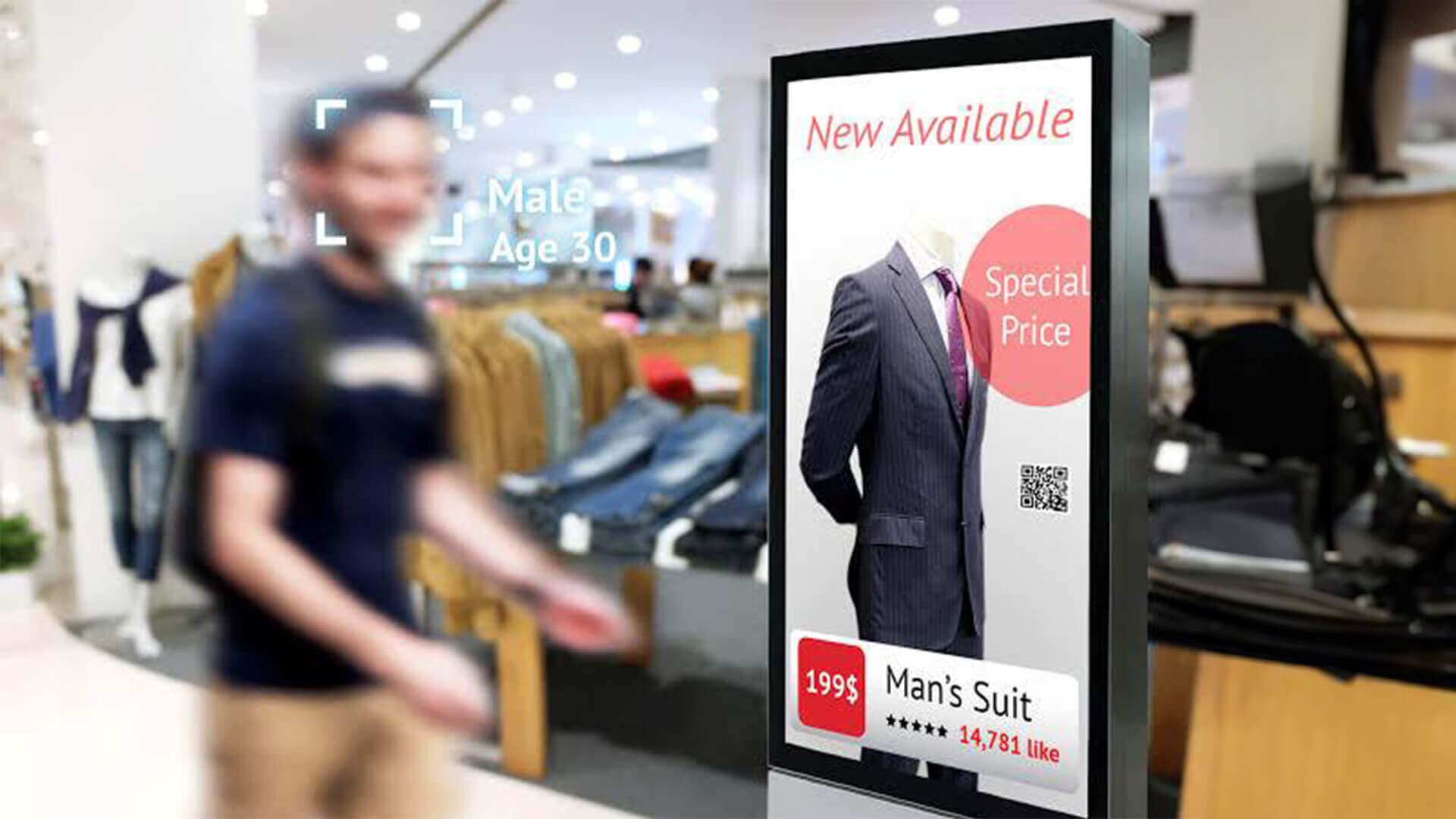
Here are a few examples:
Shopping mall navigation apps help visitors find the shortest route to parking garages and spot their vehicles easily.
Sales promotions via wayfinding signage that display deals and offers per the interests of the customer.
Retailers can use indoor way-finders to position the latest products and direct customers to specific aisles.
Hospitals often leverage digital way-finder apps to communicate relevant notifications (e.g., real-time safety alerts) to staff, patients, and visitors.
Art galleries and trade shows use indoor way-finders to display personalized welcome messages to special guests and visitors.
4. Actionable insights: Indoor navigation and mapping are a great way for vendors to garner customer insights. By monitoring and tracking where their online and offline shoppers go and what products they show interest in, vendors can customize their strategies. These insights also help promote their popular products.
80% of customers like to receive assistance in navigating to an item using their smart devices or kiosks.
A number of retail brands deploy indoor wayfinding and navigation signage to provide turn-by-turn directions to customers, quite often to their favorite merchandise sections. Data and insight collection helps offer a cohesive customer experience.
5. Product services and awareness: Location intelligence (e.g., geo-fencing features) integrated into your indoor way-finder apps helps improve product awareness and store traffic. This works great if you have interactive wayfinding signage installed at high-traffic points in your store.
Let’s say a customer visits your store after learning you’re offering a 50% discount on a specific television set. Positioning navigation kiosks strategically across the store lets your buyer interact with the digital screen and get directed to the exact aisle where the TV sets are available.
Wish to take it a notch higher? Leverage sensors, beacons, and digital price tags that get auto-updated in your way-finder apps. This lets interested buyers keep abreast of real-time product updates and offerings.
And before you know, they become your loyal customers.
6. Assisted navigation: So you have the best indoor way-finder signage installed and think your work is done? It’s not.
All your customers are not tech-savvy and they need further assistance even while accessing digital navigation kiosks. When first-time visitors access these kiosks, they are expected to remember the directions displayed.
Eventually, it creates more inconvenience and burdens your customers.
It is important to assist them with better self-service options. Mobile-aided designs with interactive features enable visitors to navigate your building premises with ease. And, on their own. By simply using their smartphones, users can access the indoor navigation and mapping apps that provide real-time, accurate information.
Less detours, happy customers!
7. Proximity marketing: Proximity marketing is the new frontier of indoor wayfinding and navigation. Having location-based targeting features for customers who are in close proximity to your top products is essential for your way-finder apps.
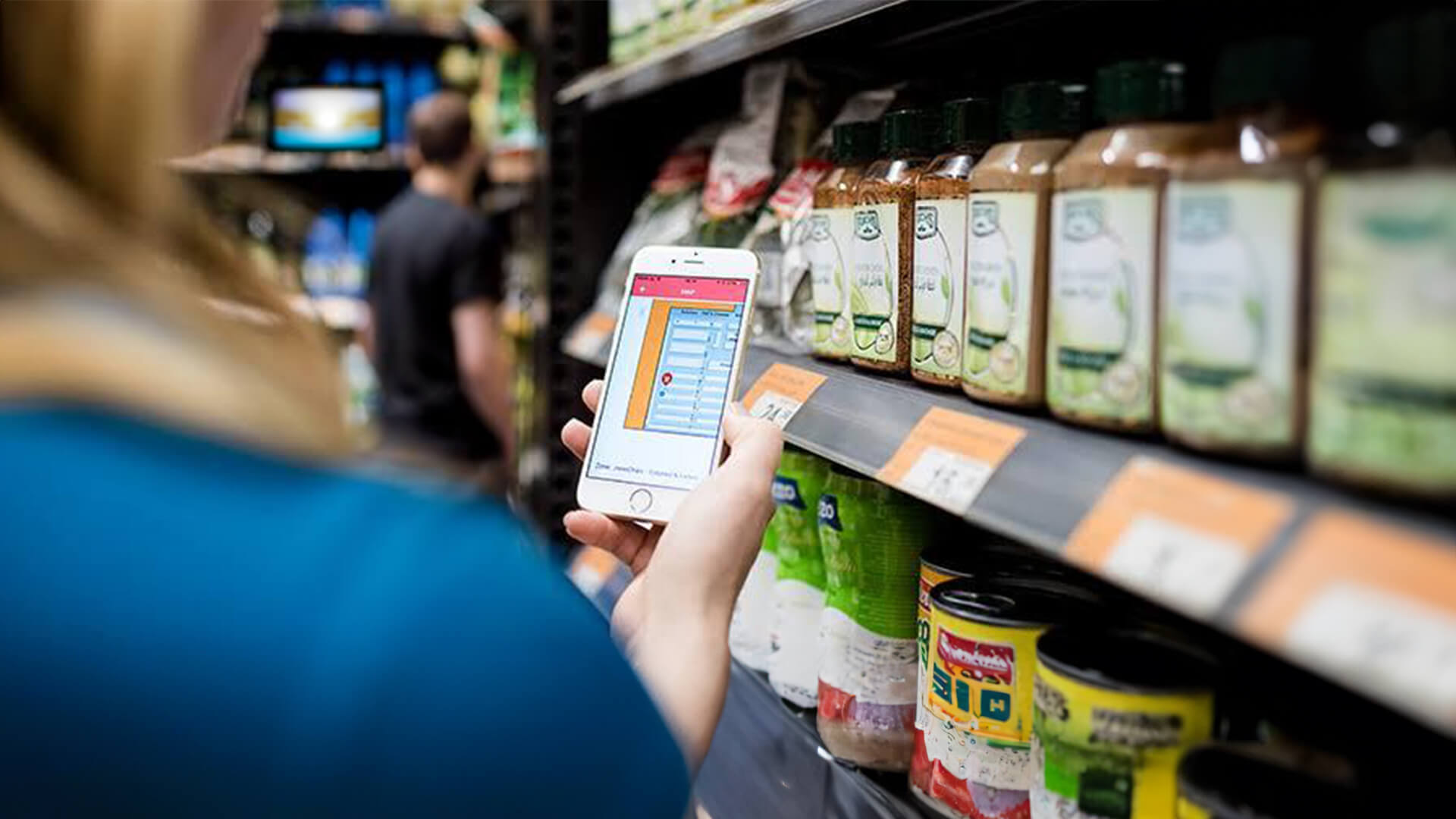
Grocery stores, in particular, leverage this capability for their indoor navigation apps. They send out promotional messages to customers in the vicinity of aisles (e.g., the ones having flash sales and discounts). The buyers are then guided to those product sections by the wayfinding apps.
8. QR code navigation: QR codes for digital wayfinding is a brilliant way to help your store visitors reach their Point of Interest (PoI). Let’s say a visitor, Sam, has entered a medical facility. He wants to know the quickest route from the reception to the physician’s office and the USG scan room. Sam can simply scan a QR code placed at the reception desk that will guide him to a webpage displaying a detailed map.
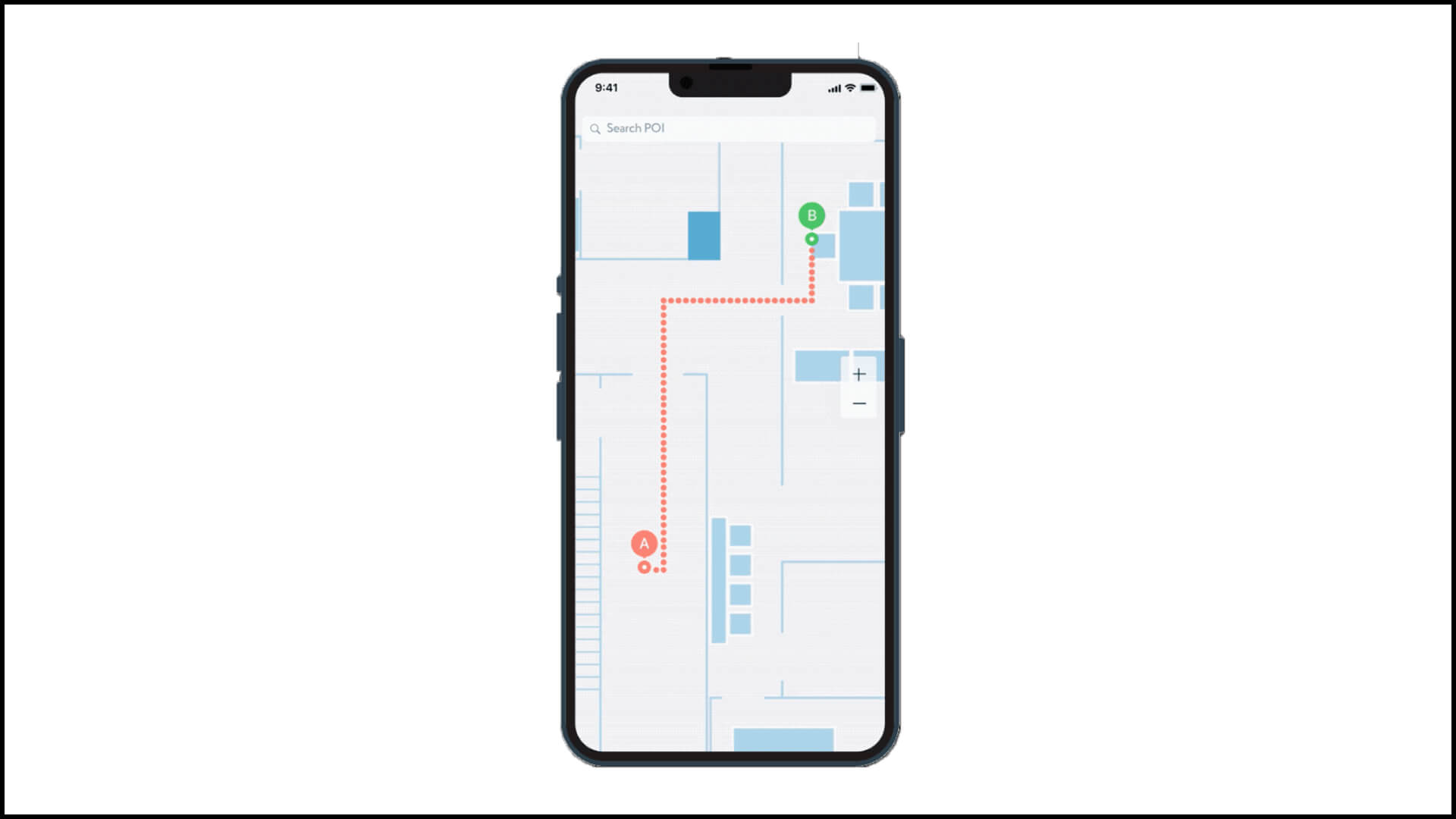
9. Augmented reality (AR) wayfinding: There has been a surge in the usage of AR technology for indoor wayfinding and navigation in recent times. Besides serving as a digital guide in complex facilities, AR devices let you in on real-time information and updates. For larger venues, AR technology lets you transform your physical maps and indoor plans into interactive digital displays for visitors.
Provide interactive tours inside building premises
Offers turn-by-turn navigation with audio guides
Display possible dangers and hazards in certain environments
Display popular points along a certain route
Provide assisted, interactive navigation for specially-abled people
Re-route customers to less-crowded stores, thereby shortening waiting queues
Companies typically use AR indoor way-finders and navigators with built-in mobile sensors, beacons, and markers.
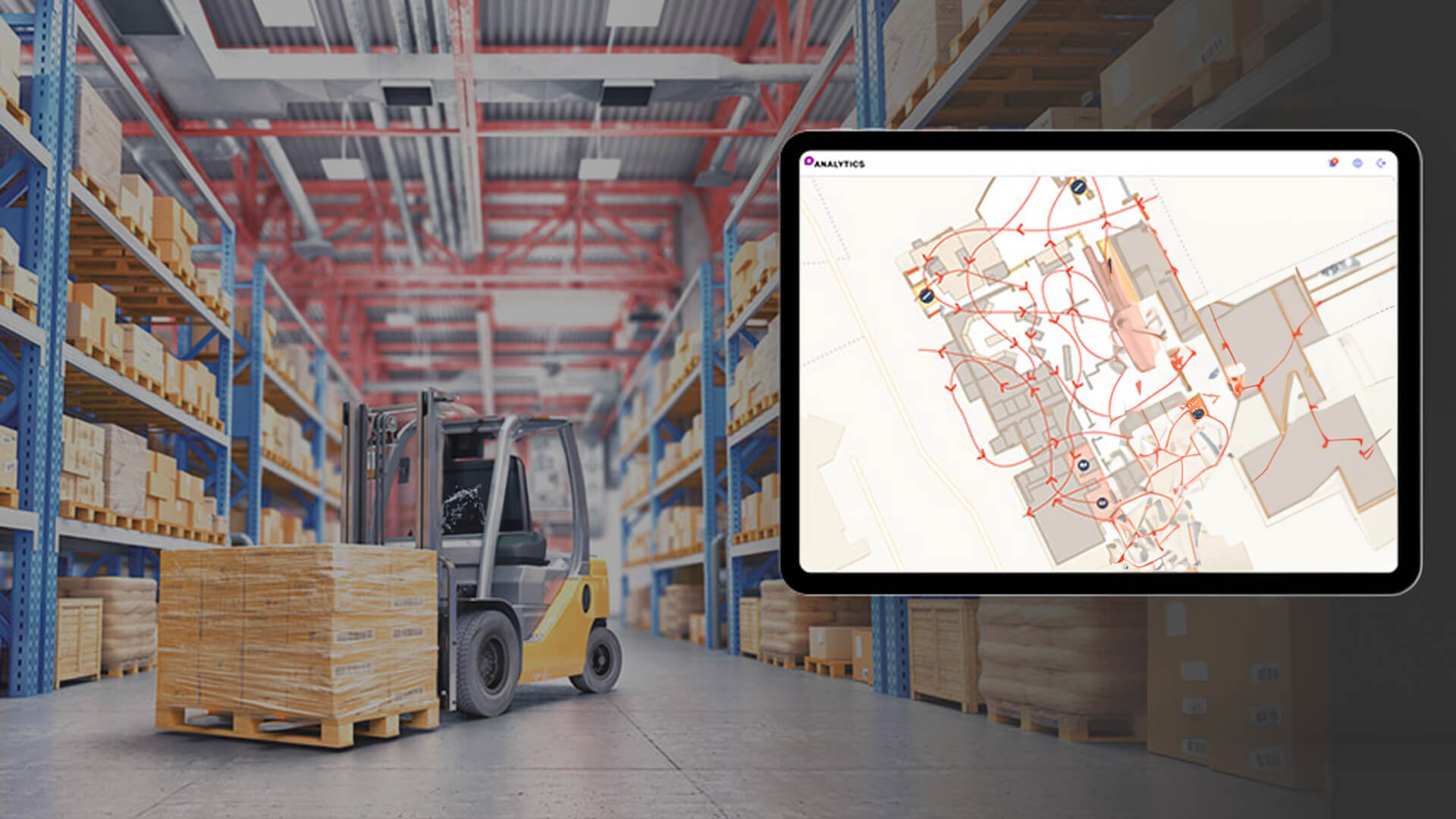
A classic example of indoor wayfinding to project a visual representation via video tours and 3D models is the Colosseum in Rome. This approach is an excellent win in the tourism industry where users often want to experience the look and feel of the interiors before planning a tour.
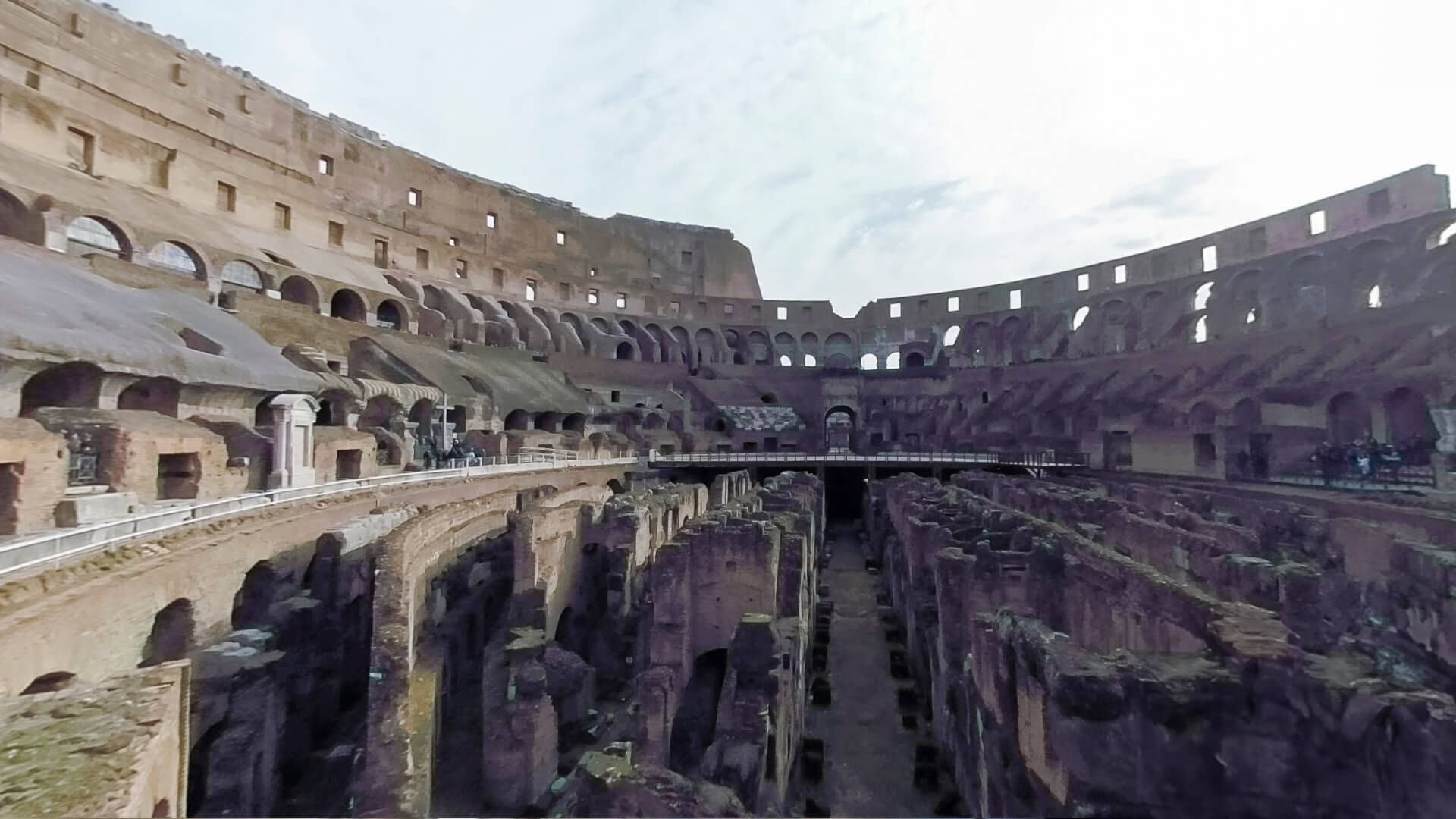
Another brilliant example of modern indoor wayfinding with digital signage and AR technology is London’s Gatwick Airport. It is one of the first airports in the world to integrate AR maps in indoor wayfinding. Using 2000+ beacons for indoor navigation, they provide blue dot navigation at multiple digital touchpoints in the airport.
This helps travelers pinpoint their exact locations and find the quickest routes to self-service kiosks, ticket counters, departure terminals, and stores.
For bookworms visiting public libraries often, here’s one stellar success story. The Herning Library in Denmark wanted to offer an immersive experience to the readers. In 2022, they deployed an innovative indoor navigation system that allowed visitors to use their smartphones to be directed to book aisles, reception desks, self-service kiosks, and community stations.
Watch the app in action.
The top global brands are going the extra mile with indoor way-finder apps and you shouldn’t fall behind. Some of them are even coming up with navigation apps for people with invisible disabilities such as dyslexia, autism, dementia, etc. For example, visually distinct routes of preference are created with short, simple, and clear steps so people do not feel overwhelmed.
At Pickel, we take care of all your market needs with indoor navigation signage and offer the best digital signage software to keep your services uninterrupted.
Up your navigation game with Pickcel digital signage and schedule a demo today.
Take complete control of what you show on your digital signage & how you show it.
Take complete control of what you show on your digital signage & how you show it.
Start Free Trial Schedule My Demo
Dec 21 2023
8 min read
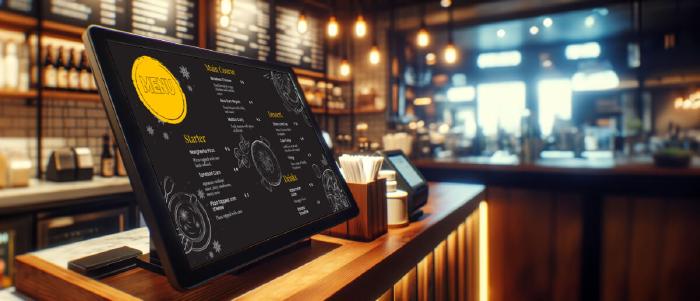
Dec 19 2023
8 min read
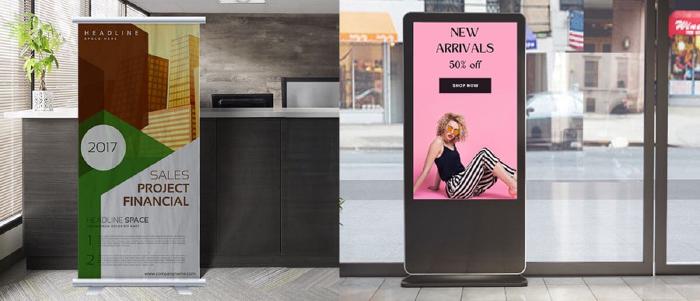
Dec 14 2023
7 min read
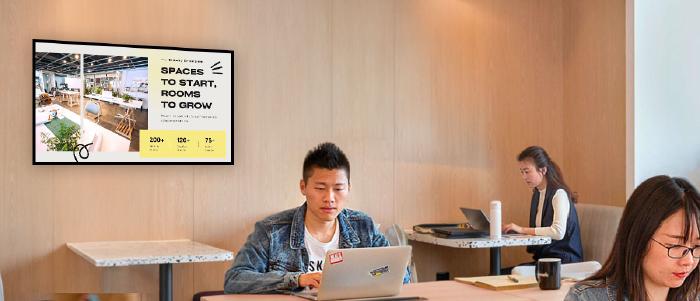
Dec 8 2023
8 min read